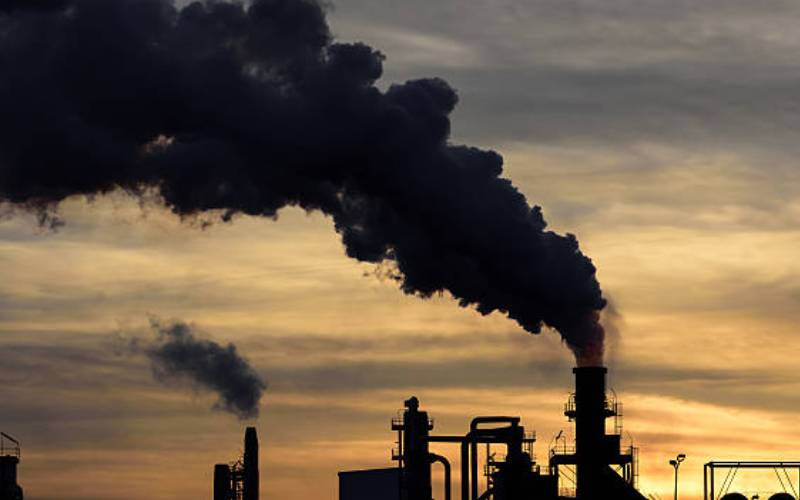×
The Standard e-Paper
Join Thousands Daily

The world is grappling with a climate change crisis, and a major factor intensifying this challenge is the emission of greenhouse gases.
These gases, such as carbon dioxide (CO2) and methane (CH4), trap heat in the Earth's atmosphere, leading to rising temperatures and disruptive weather patterns.